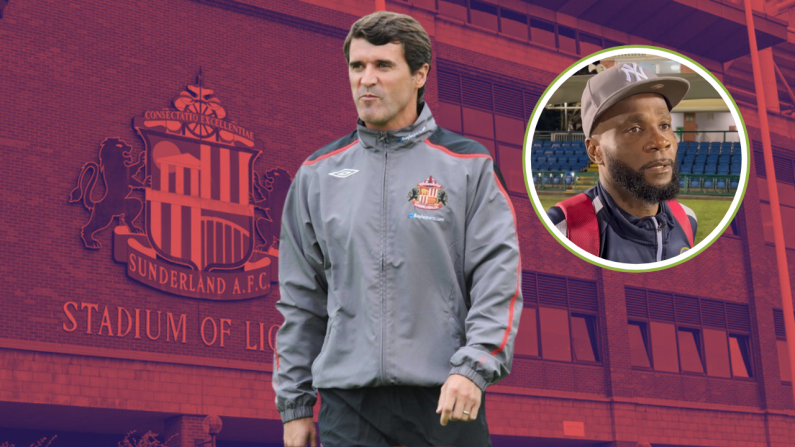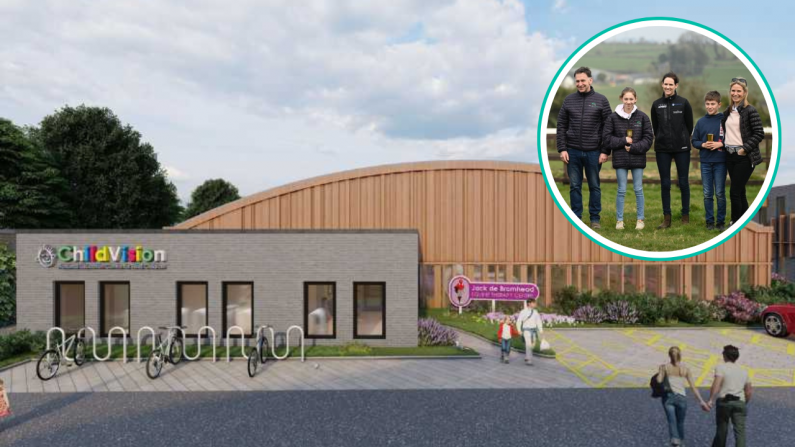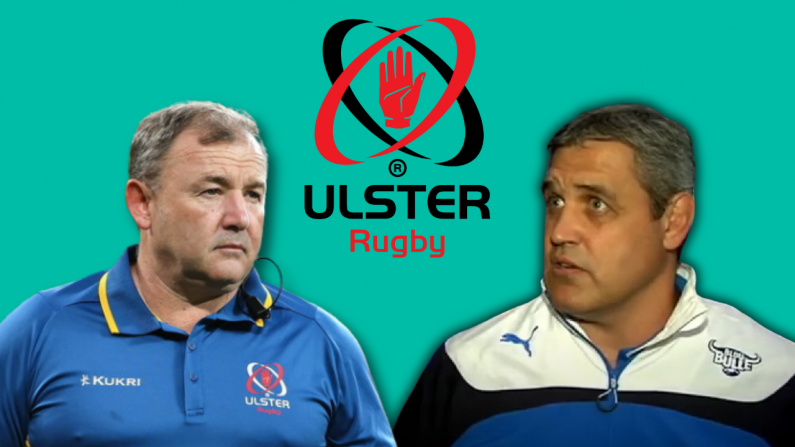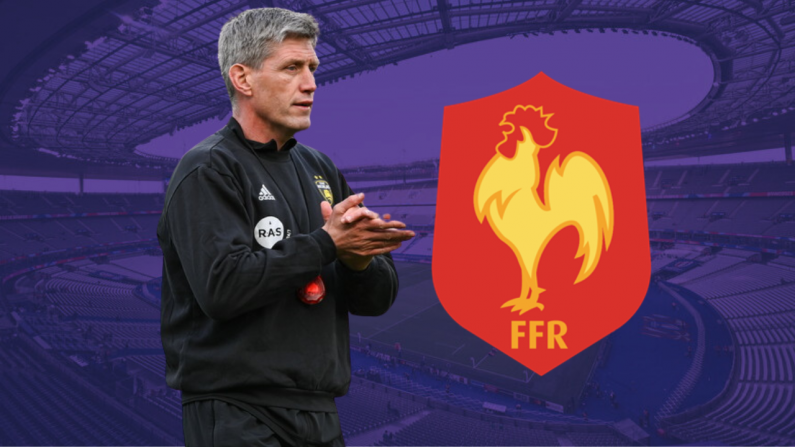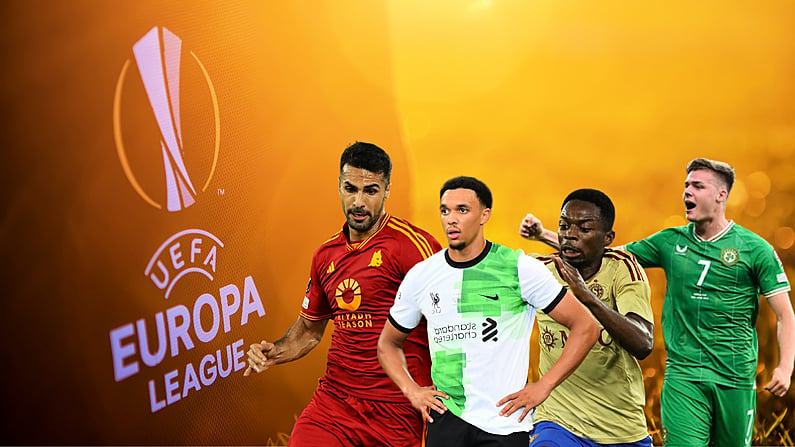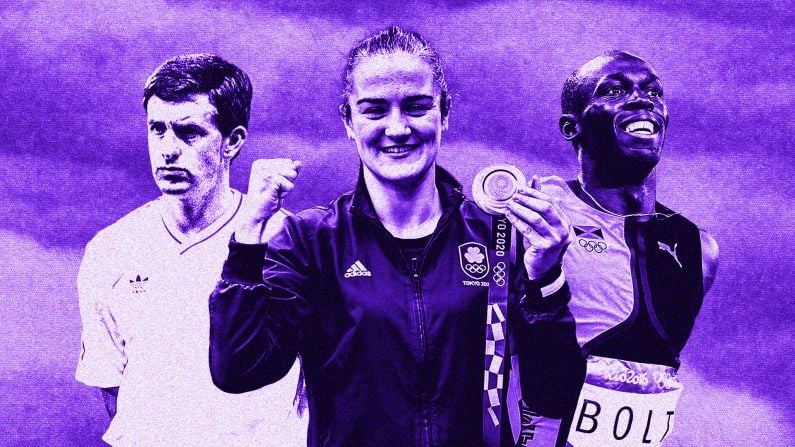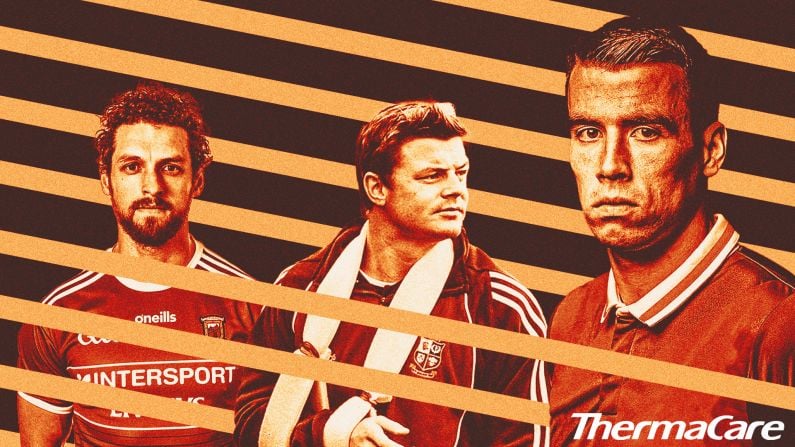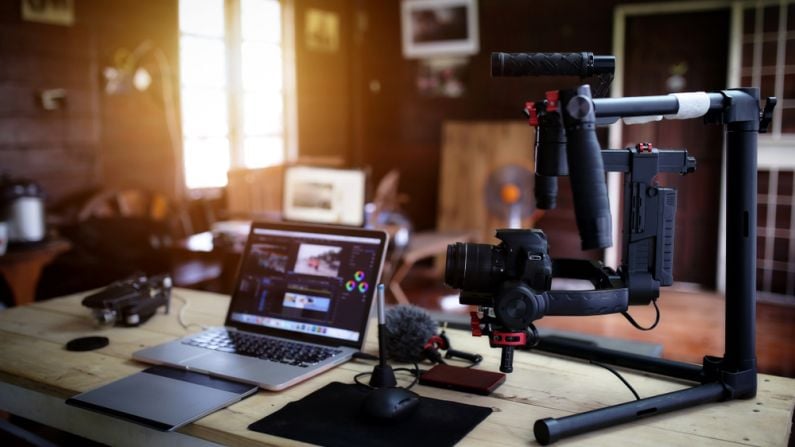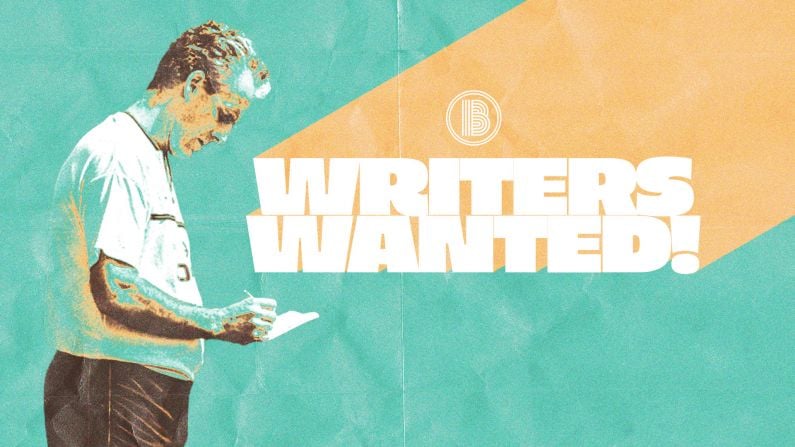It was such a big thing. As a youngster all kids talked about in school was Mosney and getting to Mosney in whatever code it might have been; be it football, running, sprinting, swimming, gymnastics.
It was a high point of the summer. It carried huge kudos when you went back to school having been to Mosney.
- Conor McManus, Monaghan footballer and two-time All-Star.
There’s a video on YouTube, one which documents a scene which will hit many with nostalgia and shock. A man walks through rows of abandoned chalets. Plastic chairs are stacked high in one chalet, mattresses in the next; a butterfly bush has taken up occupancy in another; unopposed brambles have monopolised the paths; trees have been left to make their own decisions about the direction they take.
The setting is Mosney Holiday Centre - part of which is now abandoned and in disrepair. Though the perfect image many have in their minds has faded - it now looks like a backdrop to a post-apocalyptic film - the outline is still there, still recognisable.
Originally opened as a Butlin’s holiday camp in 1948, it changed hands and name in the 1980s, operating until its closure in 2000. A section of the holiday centre was then reassigned to be a director provision centre - it is currently home to 700 asylum seekers.
Many of the buildings might now be dilapidated but the memories are not. For 35 years up to 2008, generations of children dreamed about travelling to Mosney come August. The National Finals of the Community Games was their annual Olympics and the Meath venue was the Olympic village.
20 years on from playing in the finals of the boys under-10 football, Conor McManus warmly remembers the experience. For his wee parish of Clontibret, it was a proud achievement to be one of the four best teams in the country.
Even now, you would have very fond memories of that. It was the first real taste of competition you would have got as an eight or nine-year-old. We were lucky enough to win Monaghan and then win the Ulsters in Donegal. The whole idea of travelling away with the team and going as far as Donegal, it was something that prepared you for later on.
We all made our own way. We stayed there in the chalets. It was a different experience for any eight or nine-year-old to stay away with the team. You’re getting an insight into how senior teams travel and stay together. It was a great buzz and a great thrill.
A myriad of future Irish sports stars took the first steps of their careers in Community Games. Niall Quinn still calls winning the U12 long puck - aged just nine - ‘his proudest moment in sport.’ Denis Irwin competed at the national finals in both the relay and chess.
If it was not for Community Games, Gillian O’Sullivan might never have discovered the discipline in which she became world class. In 1989, she won gold in the U13 race walk. 14 years later, she would claim silver for Ireland in the 20km race walk at the World Athletics Championships in Paris.
The Community Games was a big deal alright. I mean, I thought it was the Olympics. I still have the photo at home. There was a photo in the Independent, a small photo of me winning it.
I still have the medal somewhere. I always say: ‘Genuinely, Community Games is how I got started.’
O’Sullivan was a product of Community Games’ fundamental ‘try everything’ spirit.‘Sure give it a go, you never know’ was the rationale of many a parent and mentor. ‘If I hadn’t done that, I don’t think I would have tried race walking. It wasn’t an event that you saw a lot,’ she says.
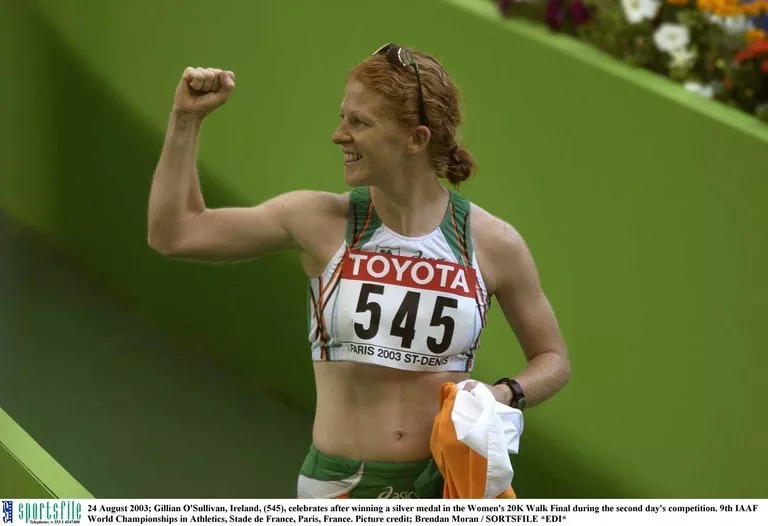
Community Games has always offered competitors the opportunity to find their competitive niche; not just in sport but also art, draughts, drama, model making - there’s a real Jack B. Yeats era Olympics sense to it.
Mosney was the carrot; the reason to exhaust every possibility. Getting there didn’t just have a prestige - it also had go-karts. And a laser dome. And a video game arcade. And a swimming pool.
In his autobiography, Henry Shefflin recalls that he ‘nursed a whispered dream of making the Community Games team for Mosney.’
Qualifying for the National Finals was all about the journey - both figurative and literal. Getting there gave competitors an idea of what lay ahead in their sporting careers. Sometimes, the trip was one of the highlights.
Former Saw Doctors drummer Johnny Donnelly remembered his trips to Mosney in a documentary for the 25th anniversary of the Community Games.
The train to Mosney every year was something you looked for to because you got on the train and you've got the Roscommon carriage and beside you would be Mayo probably and behind that again would be Sligo. You'd meet all the people and it would be strange to see the train because it was just full of colours; everyone was in their tracksuits.
You'd walk along the training wondering, 'Do ye have any bloke doing under-16 gymnastics?' and they'd go, 'Yeah, yeah - Tommy, he's down the back there.' You'd go down the back and suss out Tommy and see how good he was.
After going the year to that point unbeaten, Conor McManus and Clontibret lost to Douglas in their semi-final and then again in the bronze medal playoff. Rationalisation to forget and move on was soon found. "The tears flowed with all the disappointment but 10 minutes after, you’d forgotten all about it and you were running around playing in the amusements or bumper cars," he says.
If 10-year-olds thought of bumper cars, other reasons to fight for a place at Mosney were unearthed as the years progressed. The project category - or being the sub on a relay team - was the resort of many a 15-year-old who wanted to meet a girl from somewhere exotic like Wexford.
Volunteers surely questioned their motives for giving up their time as they sat awake at 2:30am ensuring no wanderers from Kerry ended up in a Galway chalet. Hanging out at the disco sometimes just wasn’t enough.
In 2009, the Community Games moved on from its long time home. A new base had been found: Athlone Institute of Technology. Gone was the quaintness of the athletics taking place on grass. The track was truly put back into Track and Field.

Though a level of polish had been gained, a charm had been lost. Gillian O’Sullivan recalls with fondness winning her race barefoot.
Community Games was such a big thing for us in our club that it was our main focus. We didn’t have spikes or anything until we ran on a tartan track.
For my race, I was in bare feet because it was on grass, different times altogether. The track in Mosney was really bumpy but in one sense the sportsfield in Kerry was great training for that.
This year, the 50th anniversary of the Community Games, the National Finals moved on again, taking place at the National Sports Campus in Abbotstown. It also saw a return to its roots: the athletics took place on a grass track; though, one not as undulating as that field in Meath.
Competitors now stay in hotels rather chalets. Again, it's a level of polish added but a charm lost.



